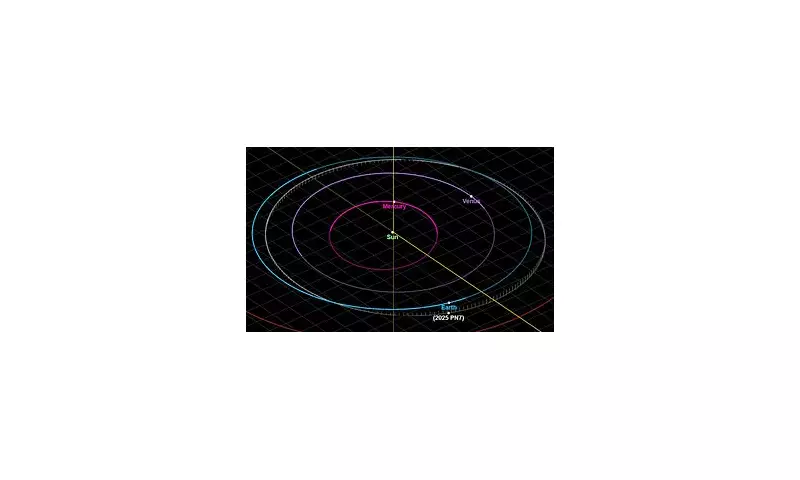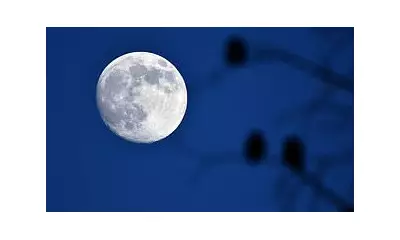
In a stunning astronomical revelation that reads like science fiction, NASA has confirmed that Earth will be sharing its celestial neighbourhood with a second 'moon' for the next sixty years. The extraordinary discovery reveals that our planet has temporarily captured asteroid 2023 FW13, creating a remarkable cosmic partnership that will persist until 2083.
The Cosmic Companion You Never Knew We Had
Discovered earlier this year by astronomers at the Pan-STARRS observatory in Hawaii, this celestial interloper isn't your typical moon. Measuring between 10 and 20 metres across - roughly the size of a double-decker bus - 2023 FW13 has been classified as a 'quasi-moon'. Unlike our familiar natural satellite that orbits Earth directly, this asteroid dances around the Sun in near-synchronisation with our planet.
A Delicate Cosmic Dance
The orbital mechanics behind this phenomenon are nothing short of breathtaking. While our traditional moon maintains an average distance of approximately 384,000 kilometres from Earth, 2023 FW13 follows a far more elaborate path. The asteroid orbits at a staggering 14 million kilometres from our planet - nearly 36 times farther than our primary moon travels.
This extraordinary distance places the quasi-moon well outside Earth's gravitational dominance. Instead of being firmly captured by our planet's pull, it's engaged in an intricate gravitational ballet with both Earth and the Sun, creating a stable but temporary orbital relationship.
Scientific Significance and Safety Assurance
NASA's detailed orbital analysis has yielded two crucial findings that capture both scientific and public interest:
- Zero Impact Risk: Extensive trajectory modelling confirms the asteroid poses absolutely no threat to Earth throughout its entire orbital journey
- Limited Tenure: This cosmic companionship has an expiration date - calculations show the asteroid will depart our vicinity around 2083
Space experts emphasise that while the term 'second moon' captures public imagination, the scientific reality is even more fascinating. "This represents an incredible opportunity to study near-Earth objects in unprecedented detail," explains Dr Sarah Matthews, an astronomer not involved with the discovery. "Understanding these quasi-orbital relationships helps us map our cosmic neighbourhood with greater precision."
A Temporary Celestial Spectacle
The confirmation of 2023 FW13 as Earth's quasi-moon adds to a growing list of temporary cosmic companions. In 2006, asteroid 2006 RH120 spent approximately eighteen months orbiting Earth before continuing its solar journey. The current visitor, however, promises a much longer stay - providing astronomers with decades of observation opportunities.
For amateur astronomers hoping to catch a glimpse of our second moon, the challenge is substantial. The asteroid's small size and enormous distance make it visible only through powerful telescopes under optimal conditions.
As NASA continues to monitor this celestial visitor, its presence serves as a humbling reminder of the dynamic nature of our solar system and the ongoing discoveries that await in our cosmic backyard.





